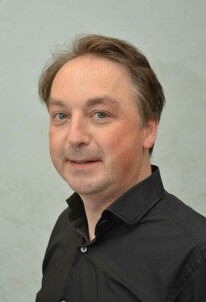Publication
Enhancing the performance of light field camera by pattern projection
For industrial three-dimensional (3D)-measuring applications as well as for other
applications such as driver assistance systems in vehicles, a high-quality reproduction in a depth
map calculation is of paramount importance. Yet to date, light field cameras still exhibit severe
problems in imaging homogeneous surfaces such as smooth metallic surfaces, plastics, or semi-
conductor materials. On those, the necessary contrast for determining the topography is not
present or too weak. Here, we present an innovative approach to improve the performance
of light field cameras (also called plenoptic cameras) for various applications in 3D measurement
technology. More specifically, we show that this disadvantage can be avoided using structured
lighting pattern and analyze various lighting patterns (with respect to geometry, size, regularity,
etc.) used to improve the performance of the algorithm in greater detail. In addition, different
ways of projecting the pattern have been examined with regard to their advantages and disad-
vantages. We perform a systematic investigation of the impact of structured light illumination
with regard to different object materials, object geometries, and illumination patterns as well as
illumination sources. These examinations further comprise the analysis of environmental
influences and magnitude of measurement deviations in a light field camera measuring set-
up. Summing up, we investigated experimentally the influence of structured illumination on the
performance of 3D depth information without the need of additional phase information.

